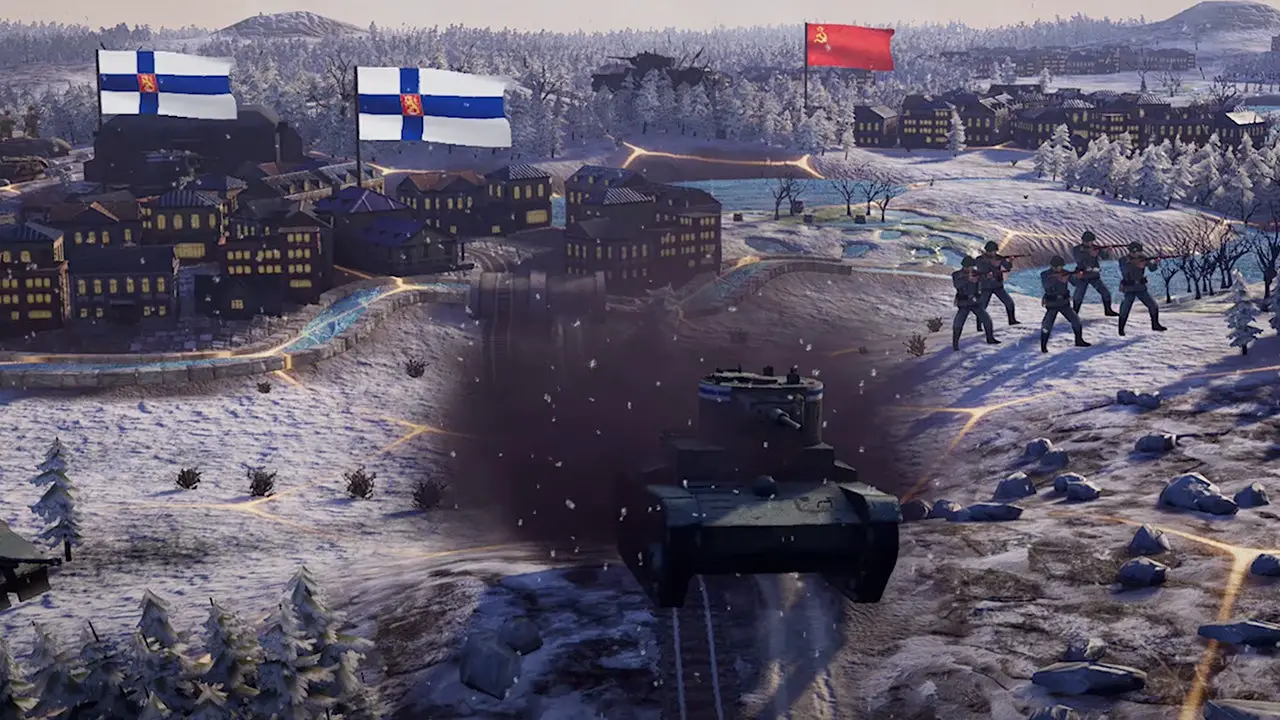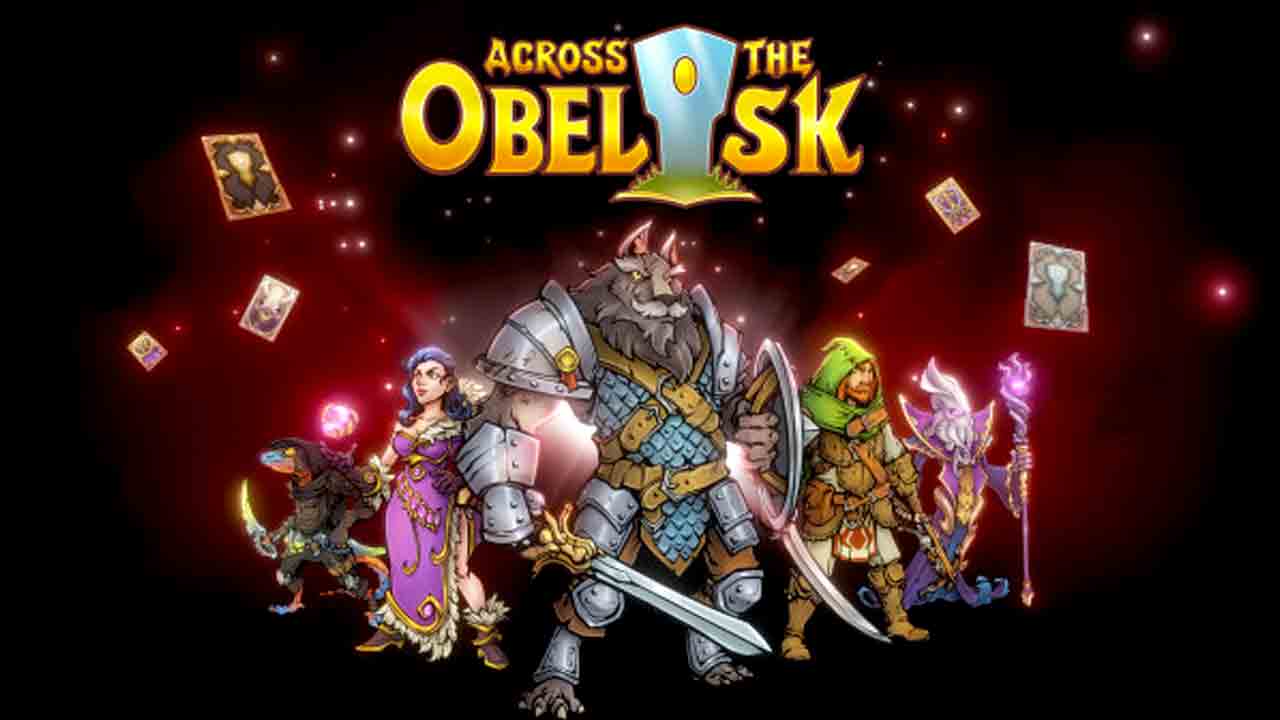Conflict is an inevitable part of life. Whether it’s a disagreement with a friend, a sibling, or a classmate, conflicts can arise anywhere.
As parents, we want to equip our children with the tools they need to navigate these conflicts in a healthy and constructive way. But where do we begin?
How can we teach our children about healthy communication in conflict resolution? In diesem Artikel, we will explore various methods and activities that can help instill in our children the importance of effective communication, empathy, and understanding.
From peer mediation programs to structured conversations, get ready to discover the secrets to teaching your children the art of conflict resolution.
1. Resolving Conflicts On Their Own: Developing Essential Skills
Conflict is a natural part of life, and it is inevitable that children will encounter conflicts in various aspects of their lives. Teaching children about healthy communication and conflict resolution from an early age is crucial in helping them develop essential skills that will benefit them throughout their lives.
Resolving conflicts on their own not only fosters independence but also helps children develop critical conflict resolution and problem-solving skills.
By encouraging children to resolve conflicts on their own, parents and educators provide them with opportunities to learn valuable life lessons. Such experiences allow children to develop essential skills such as effective communication, active listening, empathy, perspective-taking, Verhandlung, compromise, and assertiveness.
These skills will enable them to navigate through conflicts in their personal relationships, Schule, and future workplaces.
2. Specific Activities For Teaching Conflict Resolution
There are several specific activities that parents and educators can use to teach children about conflict resolution. Two notable activities are “How big is my problem?” und das “Peace Path.”
Das “How big is my problem?” activity involves helping children understand the magnitude of their problems. They are encouraged to categorize their problems as small, Mittel, or large.
This activity teaches children to differentiate between minor conflicts that can be resolved easily and more significant challenges that may require the assistance of an adult or mediator.
The six-step Peace Path is another effective tool for teaching conflict resolution. This method involves guiding children through six sequential steps: calming down, stating the problem, listening to each other, brainstorming solutions, deciding on the best solution, und schlussendlich, evaluating its effectiveness.
This structured approach provides children with a framework to effectively navigate conflicts and arrive at mutually satisfactory resolutions.
3. Importance Of Early Education In Healthy Communication
The importance of teaching children about healthy communication in conflict resolution cannot be overstated. Early education in this area lays the foundation for effective problem-solving and relationship-building skills, which are necessary for personal and professional success.
When children are taught from a young age how to communicate their needs, express their feelings, listen actively, and respect other perspectives, they are better equipped to handle conflicts in a constructive manner. By developing these skills early on, children can avoid negative conflict patterns and instead foster positive relationships based on understanding and respect.
4. Strategies And Methods For Teaching Healthy Communication
There are various strategies and methods that can be employed to teach children about healthy communication in conflict resolution. Some of these techniques include:
-
The Peace Path: Wie bereits erwähnt, the Peace Path offers a systematic approach to conflict resolution, providing children with a step-by-step process to follow.
-
Decision Matrix: Introducing children to the decision matrix helps them evaluate potential solutions and consider the consequences of their actions. It encourages critical thinking and empowers children to make informed decisions.
-
Turning Problems into Opportunities: Teaching children to view conflicts as opportunities for growth and learning fosters a positive mindset and encourages creative problem-solving.
-
Practicing Conflict: Children can benefit from role-playing conflict scenarios, allowing them to practice effective communication and problem-solving skills in a safe and controlled environment.
5. Peer Mediation Programs And Training In Conflict Resolution
Peer mediation programs have proven to be effective in teaching conflict resolution skills. These programs involve training students to become mediators for their peers.
By empowering students with conflict resolution skills and providing them with the tools to assist in resolving conflicts among their peers, these programs promote a sense of responsibility, empathy, and leadership.
In peer mediation, trained mediators facilitate peaceful dialogue between conflicting parties and guide them towards finding mutually agreeable solutions. This approach not only teaches children about conflict resolution but also fosters a supportive and empathetic school community.
Gesamt, teaching children about healthy communication in conflict resolution is essential for their personal and social development. By providing them with the skills and tools needed to navigate conflicts and solve problems effectively, we equip them with invaluable life skills that will contribute to their success in all areas of life.



